Lenovo Legion Go First Impressions
For almost a week now, I have been playing my favorite games on the Lenovo Legion Go. From Prodeus to Starfield, the Lenovo Legion Go is definitely a very cable handheld gaming device. It is still too early to say if it’s a better device than the ROG Ally. The former still offers a number of positive features and advantages, and this new one from Lenovo Legion has tons of tricks up its sleeves.
The Lenovo Legion Go is a new handheld gaming device with some impressive hardware, including a large 8.8-inch display, an AMD Z1 Extreme Processor, and 16GB of RAM. Since the time I received it, I managed to test and do quite a number of things with it. It is also upgradeable, allowing users to increase the NVMe SSD, RAM, and UMA Frame Buffer Size.
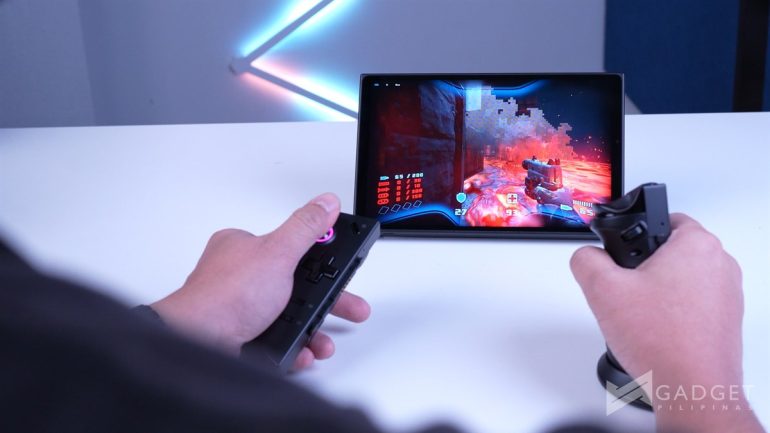
Upgradeability
I was able to upgrade the NVMe SSD from 512GB to 2TB without any problems. It is also possible to upgrade the RAM and increase the UMA Frame Buffer Size. This is a good thing for users who want to extend the lifespan of their device or get the best possible performance. I have a video and article fully dedicated for this particular subject.
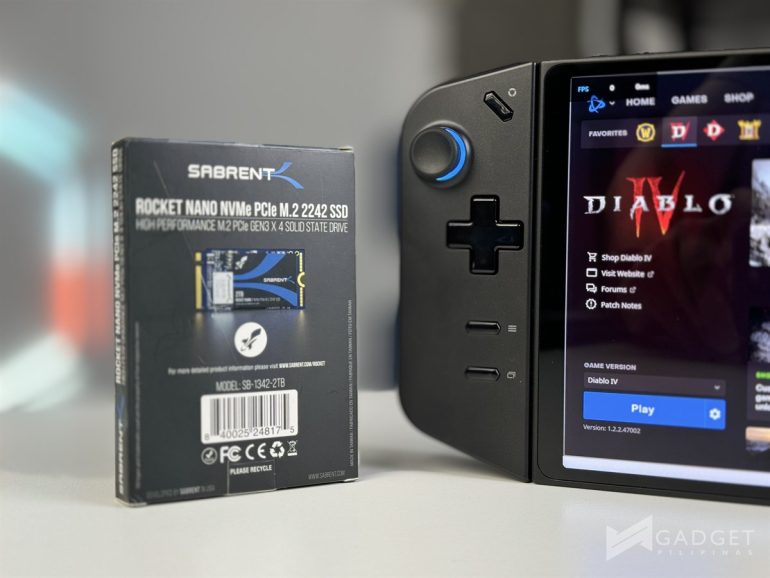
Software
The Legion Go’s software is not yet perfect, similar to my experience with the Steam OS and ROG Ally. Lenovo is actively working on improving the user experience, and they are constantly talking to the community to improve the overall experience.
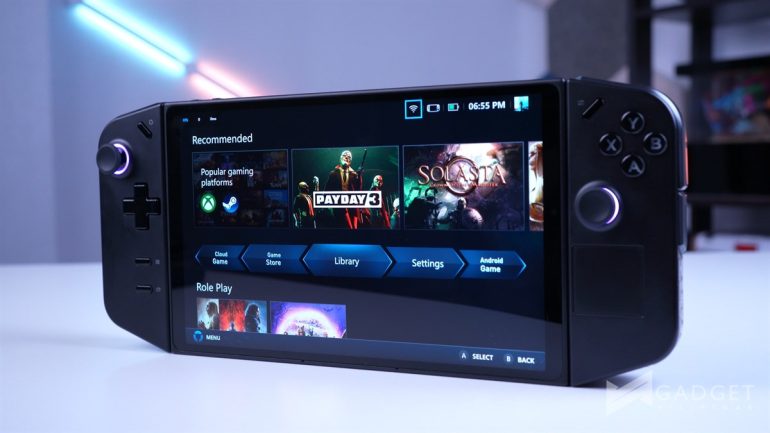
I installed a new Legion Space update recently, and it is a good start. It is also good to hear that the Legion Glasses are recognized by Legion Space and have a dedicated settings panel.
Hardware
The Legion Go has some impressive hardware, including a large 8.8-inch display with a 1200P resolution, an AMD Z1 Extreme Processor, and 16GB of RAM. However, the 1200P resolution is not ideal for me, as I usually play games at 800P with RSR enabled. This is because the device can achieve better performance and battery life at lower resolutions.
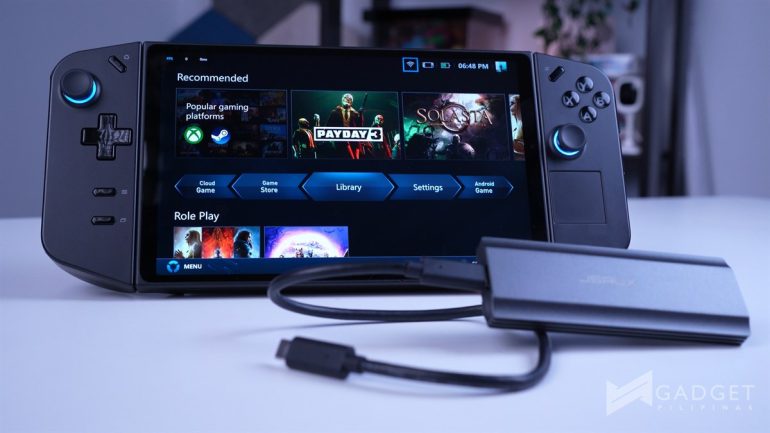
I really hope that Lenovo Legion will add more resolution choices, including 900P; and the ability to change the UMA buffer size to 6GB. At the time of writing this article, the Legion Go’s UMA buffer are limited to 2GB, 4Gb and 8GB. The latter is a bit of an overkill.
Battery life and Charging Issue
The Legion Go has a good battery life. I was able to fly from Singapore to PH with 89% battery and still have 22% left after 1.20 hours of playing games at 15W TDP. However, the battery life will vary depending on the games you play and the settings you use.
The Legion Go has a charging issue while playing games. However, a BIOS update is on the way to fix this issue. I am glad that Lenovo is aware of the issue and is working on a fix.
VRR support
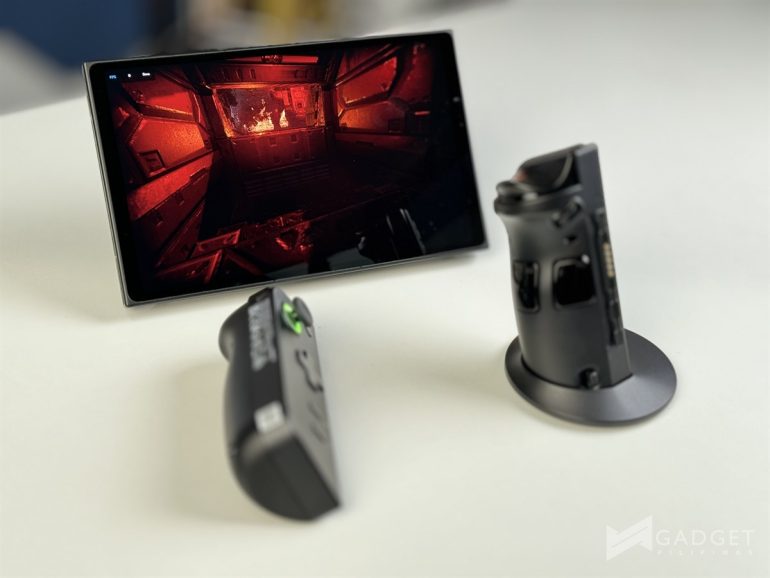
The Legion Go does not support VRR, as it uses a portrait panel. This is a bit disappointing, as VRR can help to improve the gaming experience by reducing screen tearing and stuttering. However, I understand why Lenovo chose not to include VRR support, as portrait panels are not typically used for gaming.
Initial recommendations
I have a few initial recommendations for the Legion Go. First, I recommend it to users who have a Steam Deck and want to upgrade. Second, I recommend the Ally to users who want something cheaper but with a smaller screen. Third, I recommend that users take advantage of the perks of buying from local official shops. Fourth, I do not recommend the Legion Go to users who have an ROG Ally unless they want a device with a bigger display and minute uptake on performance. Finally, I warn users to expect software bugs, as the Legion Go is still under development.
Overall
The Legion Go is a promising new handheld gaming device. It has some impressive hardware, good battery life, and is upgradeable. However, the software is still under development and there are a few hardware limitations, such as the lack of VRR support. Overall, the Legion Go is a good option for users who are looking for a powerful and portable handheld gaming device.
I am excited to see what the future holds for the Legion Go. Lenovo is clearly committed to improving the device, and I am confident that it will become even better over time.
Frequently Asked Questions
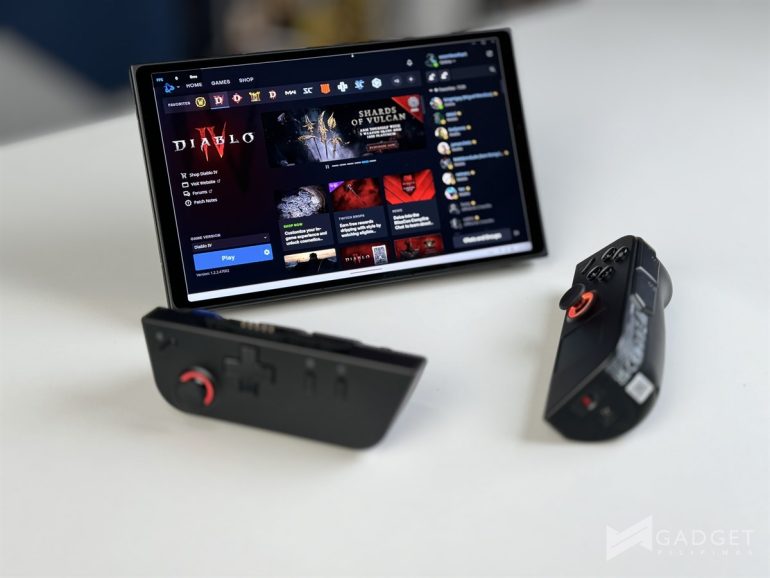
Can you upgrade the SSD of the Lenovo Legion Go?
Yes.
Will this void warranty?
Refer to the guide below that was shared to us an official PH representative by Lenovo.
Warranty and upgrading the SSD on the Legion Go from official local PH store:
Warranty will be intact provided that:
- Customers must first set up and redeem their 3-month free PC Game Pass using their Microsoft account
- Customers should clone the SSD to ensure all pre-installed software are intact
- Any issues encountered due to the SSD self-upgrade process (ESD, cut cables etc) will void the warranty
Does Lenovo Legion Go support VRR?
No. The production panel used on the Legion Go does not support VRR.
Is VRR a huge deal?
In my opinion, No. I usually lock my frames to 60 and play at 800P or 1200P for a more stable gaming experience.
Related Articles
Giancarlo Viterbo is a Filipino Technology Journalist, blogger and Editor of gadgetpilipinas.net, He is also a Geek, Dad and a Husband. He knows a lot about washing the dishes, doing some errands and following instructions from his boss on his day job. Follow him on twitter: @gianviterbo and @gadgetpilipinas.

















